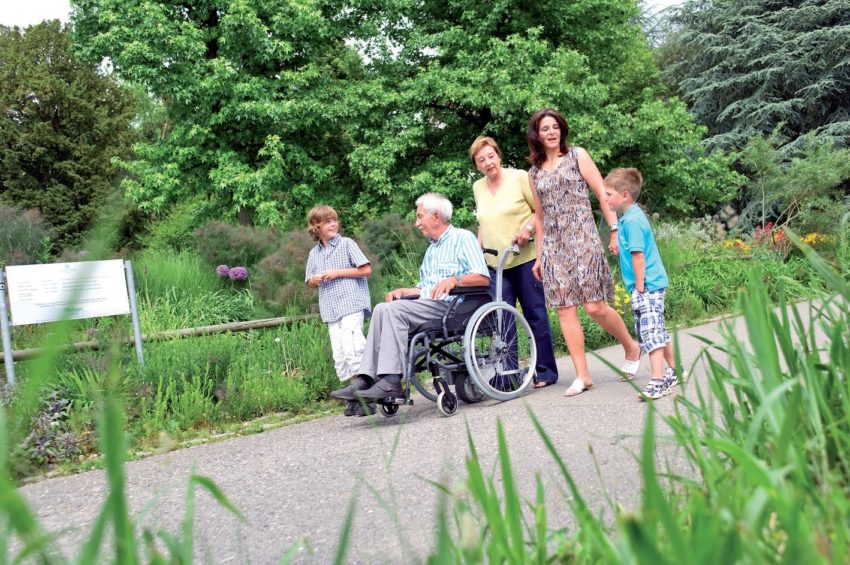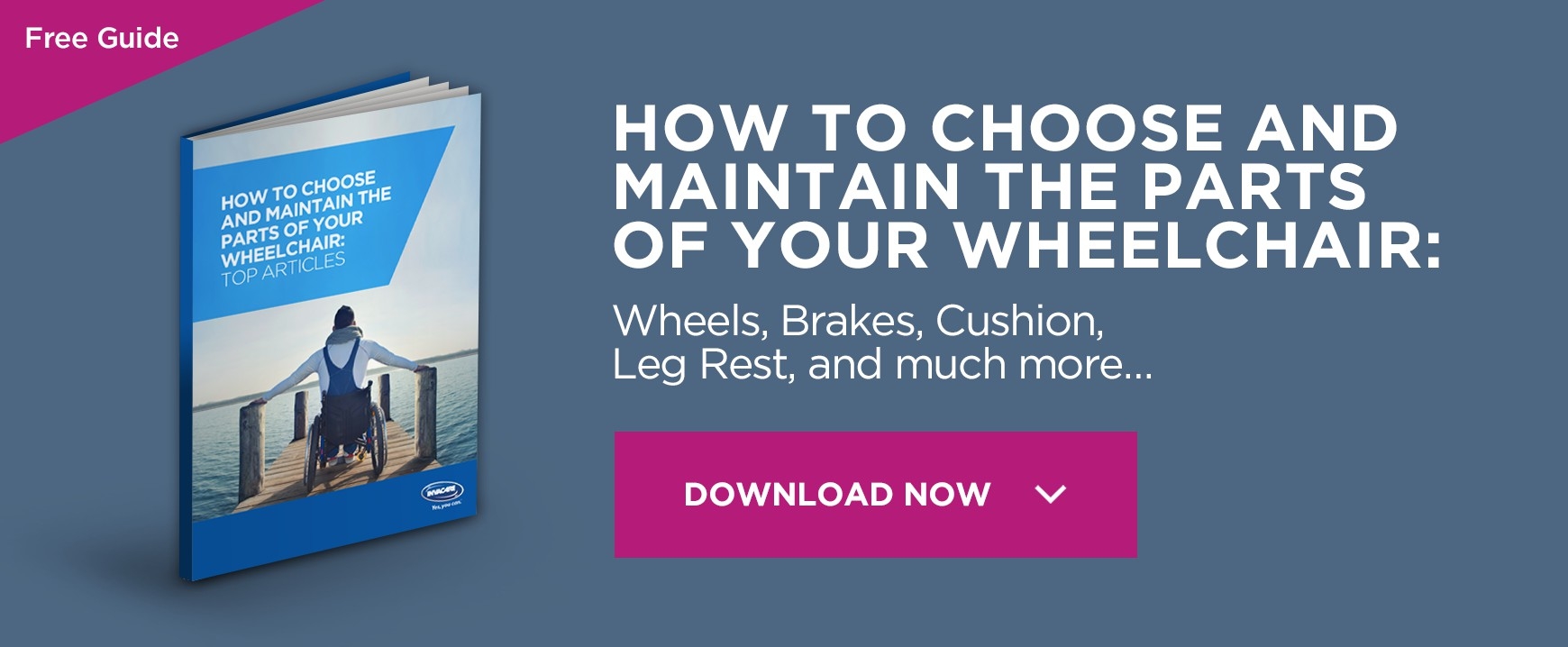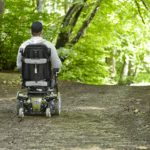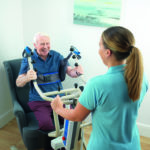Transit Wheelchairs, Social Life and Well-Being

Transit wheelchairs often create a perception of the user which relates to age, need, disability and sometimes body shape. This perception comes from the regular reinforcement of a medical model which encourages us to think of medical devices such as transit wheelchairs as pieces of equipment required by the frail.
However, when coming from the perspective of a social model the transit wheelchair is often a glimmer of hope, a mode of transport without which the user would be destined to live a life of social isolation, deprived of engagement in any form of meaningful activity.
As they are the most common type of wheelchair seen in the community due to familiarity we can become slightly blasé about their benefits and role.
So why is a transit wheelchair so important?
Due to their size and maneuverability the transit wheelchair allows the user to mobilise around the home whilst being attendant propelled. This enables them to engage in activities in the appropriate environment, such as the bathroom to access facilities or dining room to eat with family or friends and to support normal routines and maximise independence.
However, it is outdoors that the transit wheelchair comes into its own and arguably provides the biggest or certainly most visible benefit. The device is predominantly used by those who have elements of difficulty mobilising but this is so broad it requires further detail to therefore accurately describe the benefits.
Gait & balance
The user of a transit wheelchair may have gait and balance deficits and the wheelchair is therefore used to reduce risk whilst maintaining flexibility and options for both the user and their carer/family.
Respiratory
The user may have a respiratory condition that affects their exercise tolerance and therefore their ability to both mobilise unaided and then engage in meaningful or purposeful activity. A transit wheelchair enables them to get from one place to another without this respiratory exertion so that they can then enjoy the activity.
Muscle weakness
Related to above but not specifically about respiration general exercise tolerance deficits affect anyone who is deconditioned whether due to acute or chronic ill-health or muscle atrophy (whether age related or not) and affects the person’s ability to engage after mobilising unaided.
Having an active social life is crucial for health & well-being. Without the ability to meet friends, be productive and engage with the community we significantly increase risks of depression and mood related disorders. Something as ‘simple’ as a transit wheelchair allows the user to maintain their access to local services such as shops and banks as well as daily routines including catching up with friends, getting fresh air and providing a sense of purpose.
The impact on the wheelchair user and indeed their carer/family cannot be quantified but the qualitative benefits are there for all to see.
If you would like to read more articles like this, such as; “Powered wheelchair assessments – meeting expectations”, be sure to check out the rest of Invacare’s Passionate People’s blog site. Thanks for reading!







